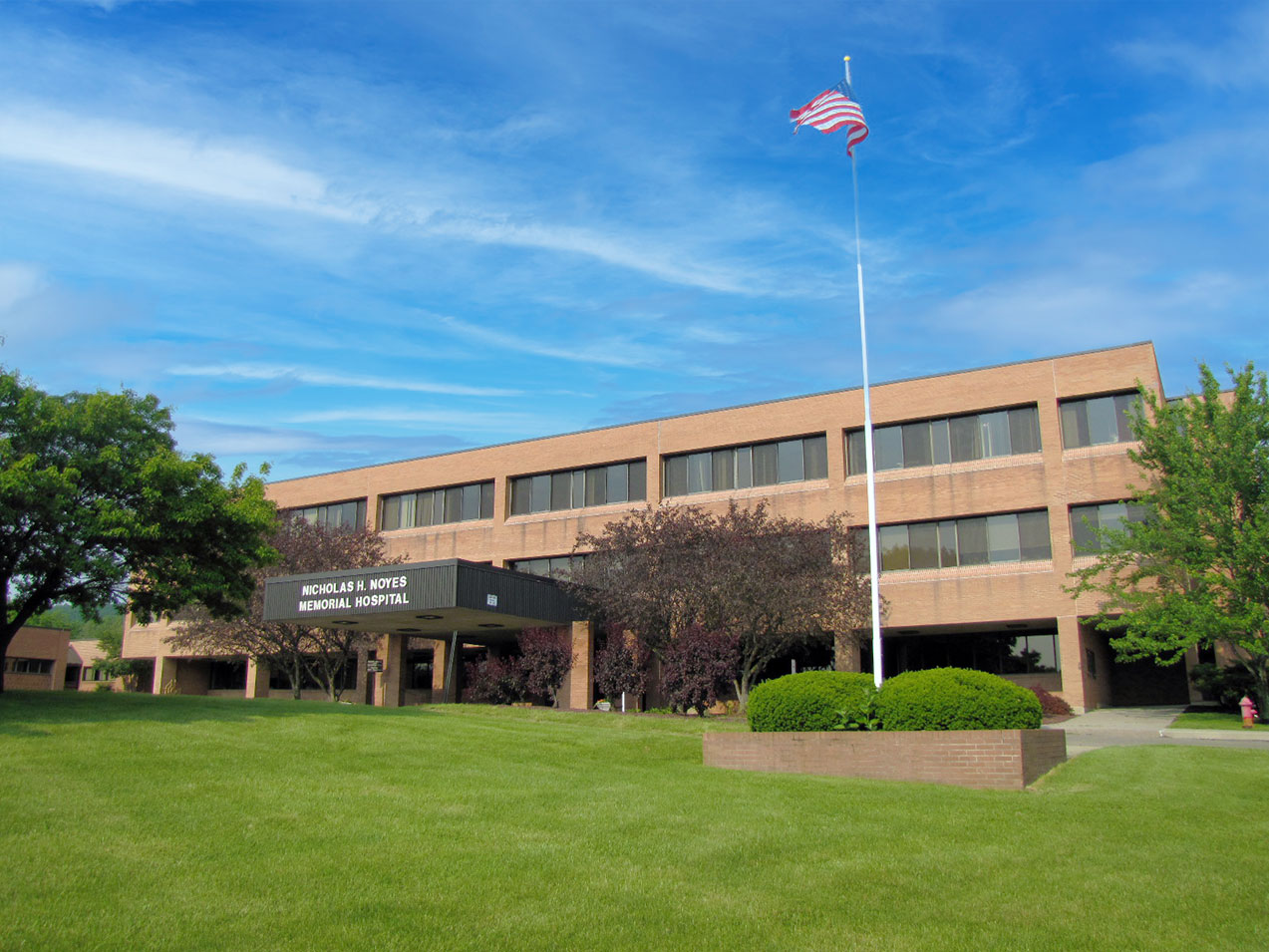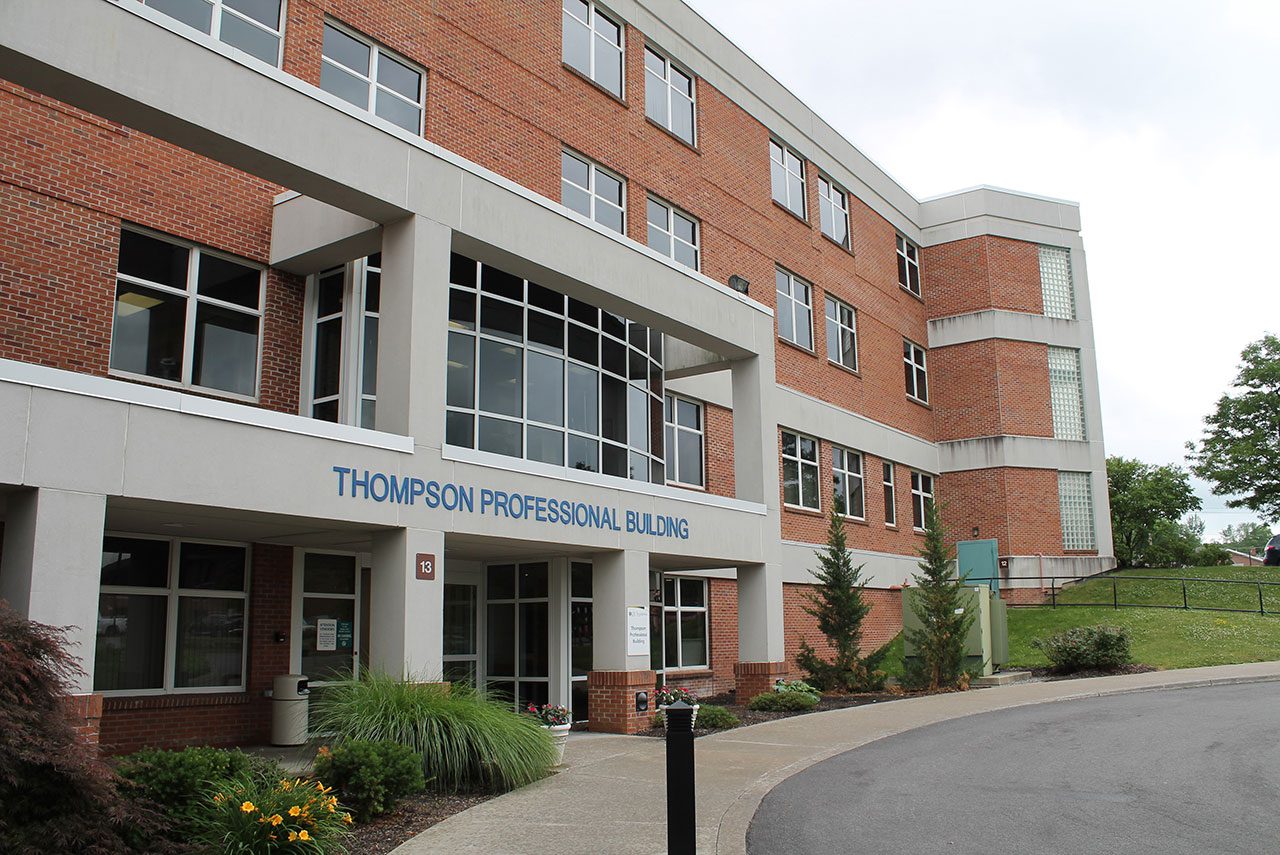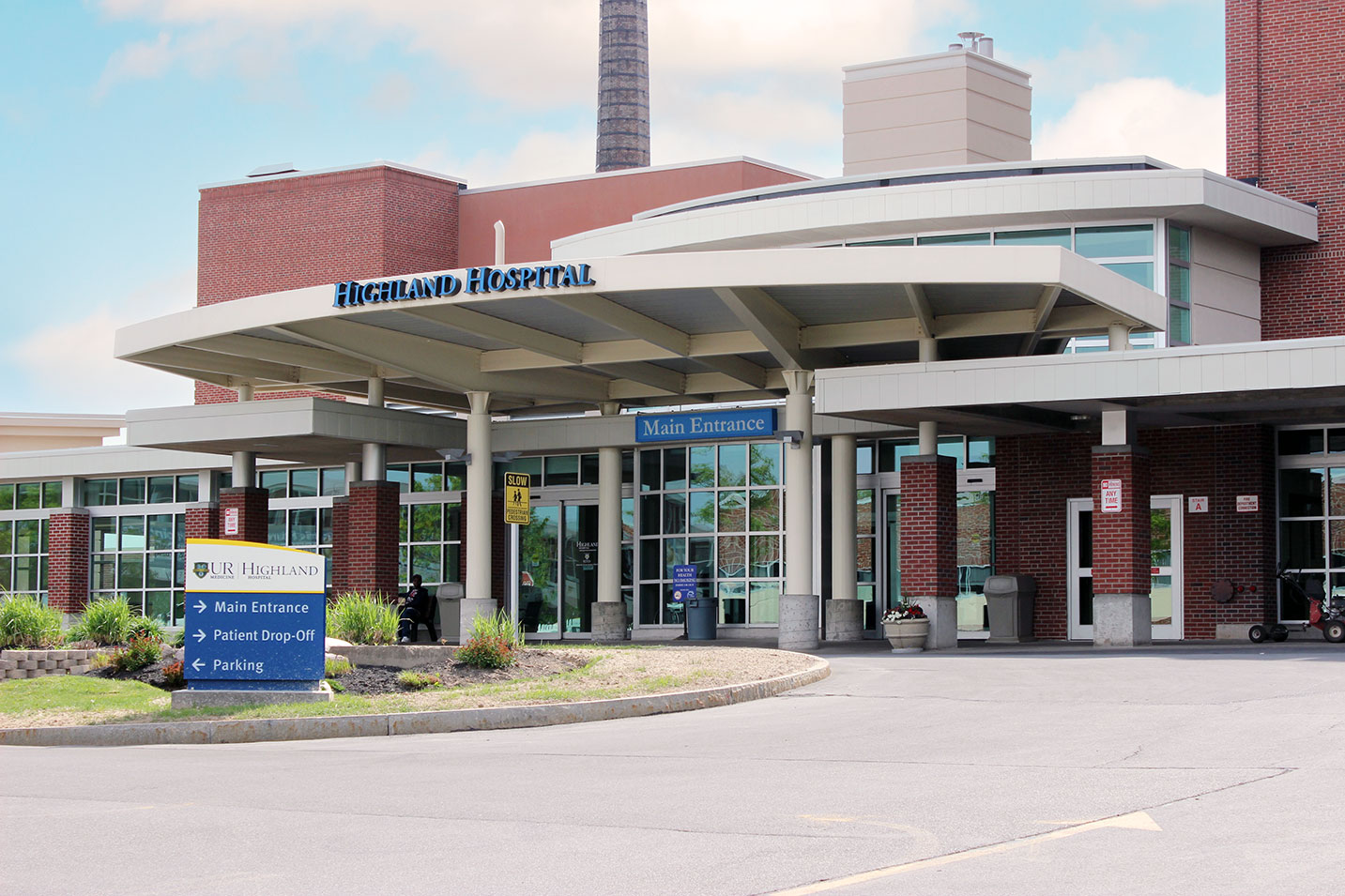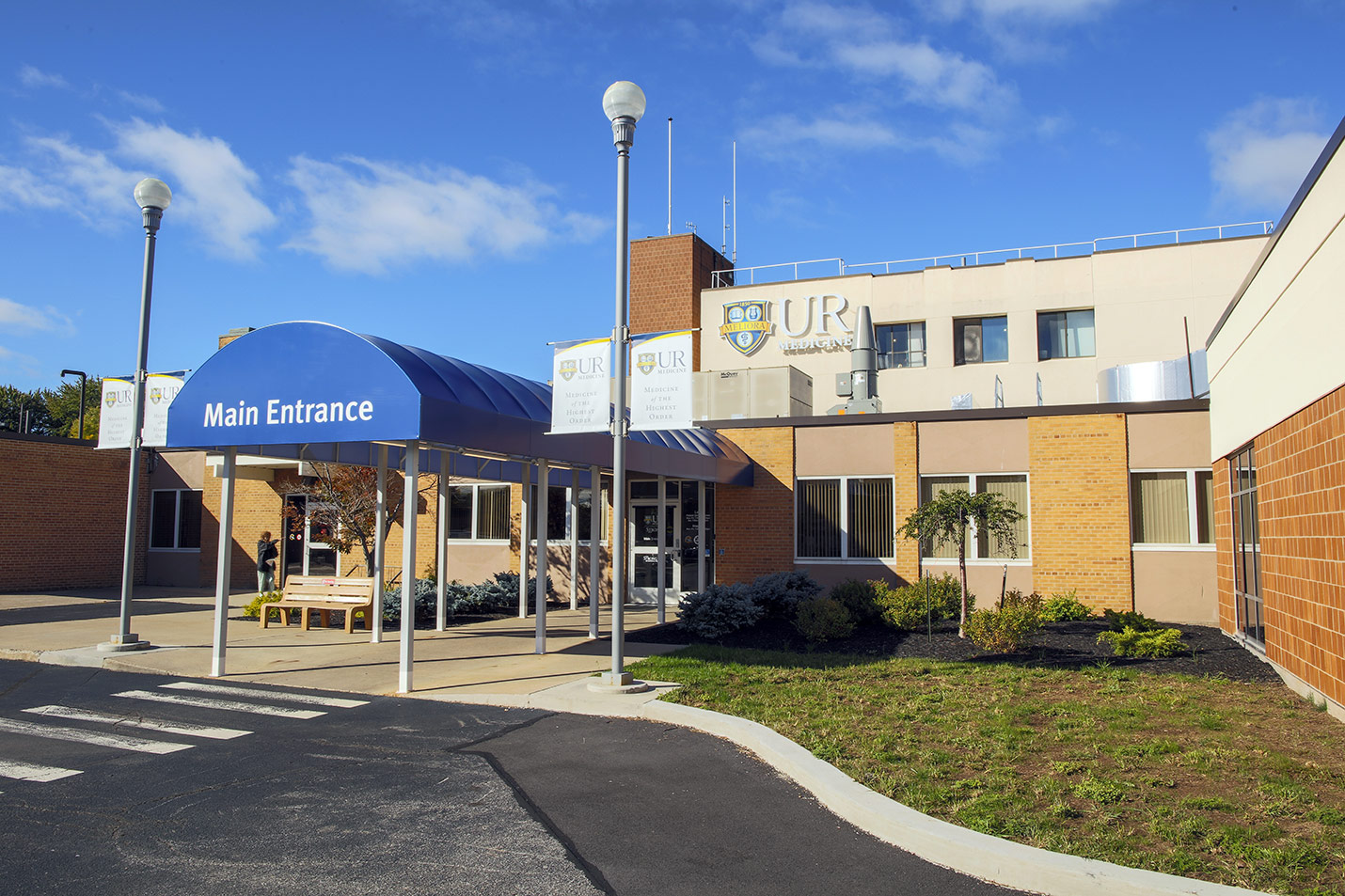Peripheral Artery Disease (PAD)
Make Appointments & Get Care
What is Peripheral Artery Disease?
Peripheral artery disease (PAD), also called peripheral arterial disease, is when blood flow is reduced to the arms and legs due to narrowed arteries. PAD can also include aneurysms in arteries.
What Causes Peripheral Artery Disease?
Peripheral Artery Disease is caused by a buildup of cholesterol within the walls of the vessels in the arms, legs, neck (carotid arteries), aorta, or any artery outside of the heart.
What Are the Symptoms of Peripheral Artery Disease?
Symptoms of peripheral artery disease vary by the location of the disease and whether it involves blockages or aneurysms. Symptoms may include:
- Leg pain
- Ulcers
- Gangrene
- Pain during activity
- Stroke
- Pain while eating
Patients with aneurysms often have no symptoms. But as the aneurysm enlarges, pressure can build. If the layers of the artery tear (called dissection), patients might experience pain.
Patients with blockage in the arteries of the extremities sometimes feel pain during activity. A blockage within the arteries in the neck can cause stroke. A blockage in the arteries in the abdomen can lead to intestinal angina (mesenteric ischemia), which usually causes pain when eating.
Make an Appointment & Get Care
Call (585) 275-2877UR Medicine's Treatments for Peripheral Artery Disease (PAD)
How Is Peripheral Artery Disease Diagnosed?
The tests we run to diagnose peripheral artery disease include:
- Vascular ultrasound also known as vascular sonography or duplex ultrasonography, is a medical imaging technique that uses high-frequency sound waves (ultrasound) to create real-time images of blood vessels in the body. It is a non-invasive and safe diagnostic tool commonly used to evaluate the structure and function of arteries and veins. Vascular ultrasound can provide valuable information about blood flow, blockages, narrowing (stenosis), and other vascular conditions without the need for radiation or invasive procedures.
- Ankle-Brachial Index (ABI) is a medical test used to assess the health of the arteries in the lower limbs, particularly the legs and feet. It is a simple and non-invasive test that provides valuable information about the blood flow and circulation in these extremities.
- Segmental pressures refer to the measurement of blood pressure at various points along a specific segment of an individual's extremity, typically the arms or legs. These measurements are used to assess blood flow and identify potential blockages or abnormalities in the arteries within that segment.
How is Peripheral Artery Disease Treated?
Overall, we work to help patients achieve healthy blood pressure and cholesterol and blood-sugar levels. In most patients, medication can help prevent blood clots or further obstruction to blood flow in the arteries.
Often, if there’s a blockage, patients will need an angiogram or stents to improve blood flow.
Aneurysms can often be repaired with a minimally invasive catheter procedure using a thin tube, though surgical repair is sometimes needed.
Between our Vascular and Vein Care Center teams, we offer traditional surgery, including open aortic surgery, bypass for peripheral arterial disease, and carotid endarterectomy. Our vascular surgeons often collaborate with specialists in cardiothoracic surgery and neurology, providing a multidisciplinary approach to disease management.
What Sets Us Apart?
UR Medicine is a referral center for the most complex cardiac and vascular surgeries, which means other hospitals send their most challenging cases to us. These other hospitals trust us because UR Medicine leads the Rochester metropolitan area and Western New York in the number and scope of specialized services for this type of care.
As part of an academic medical center, we’re involved in research studies of the latest treatments. So our patients’ care can be based on the very latest findings.
We also offer complex minimally invasive options which reduce pain, length of hospital stays, and risk of infection. UR Medicine’s advanced surgical facilities give patients access to specialized options like endovascular aortic repair (EVAR) and transcarotid artery stenting (TCAR).
Locations
View All LocationsWe serve you in the Rochester metropolitan area and surrounding region.
View All Locations17 locations
Clinton Crossings, Building G
2400 South Clinton Avenue, 1st Floor
Rochester, NY 14618
Noyes Memorial Hospital
111 Cara Barton Street
Dansville, NY 14437
Thompson Professional Building
395 West Street, Suite 307
Canandaigua, NY 14424
Finger Lakes Cardiology
410 Clifton Springs Professional Park
Clifton Springs, NY 14432
48 East South Street, 2nd Floor
Geneseo, NY 14454
Highland Hospital
1000 South Avenue
Rochester, NY 14620
999 East Ridge Road, Suite 1000
Rochester, NY 14621
1835 Fairport Nine Mile Point Road, Suite 200
Penfield, NY 14526
Calkins Corporate Park (Red Creek)
600 Red Creek Drive, Suite 100
Rochester, NY 14623
Lifecare Medical Associates
1991 Balsley Road
Seneca Falls, NY 13148
Strong West
156 West Avenue, 3rd Floor
Brockport, NY 14420
Jones Memorial Hospital
191 North Main Street, 3rd floor
Wellsville, NY 14895
Ambulatory Care Center at Strong Memorial Hospital
601 Elmwood Avenue, Ground Floor
Rochester, NY 14626
Canal View Office Complex
140 Canal View Boulevard, Suite 102
Rochester, NY 14623





